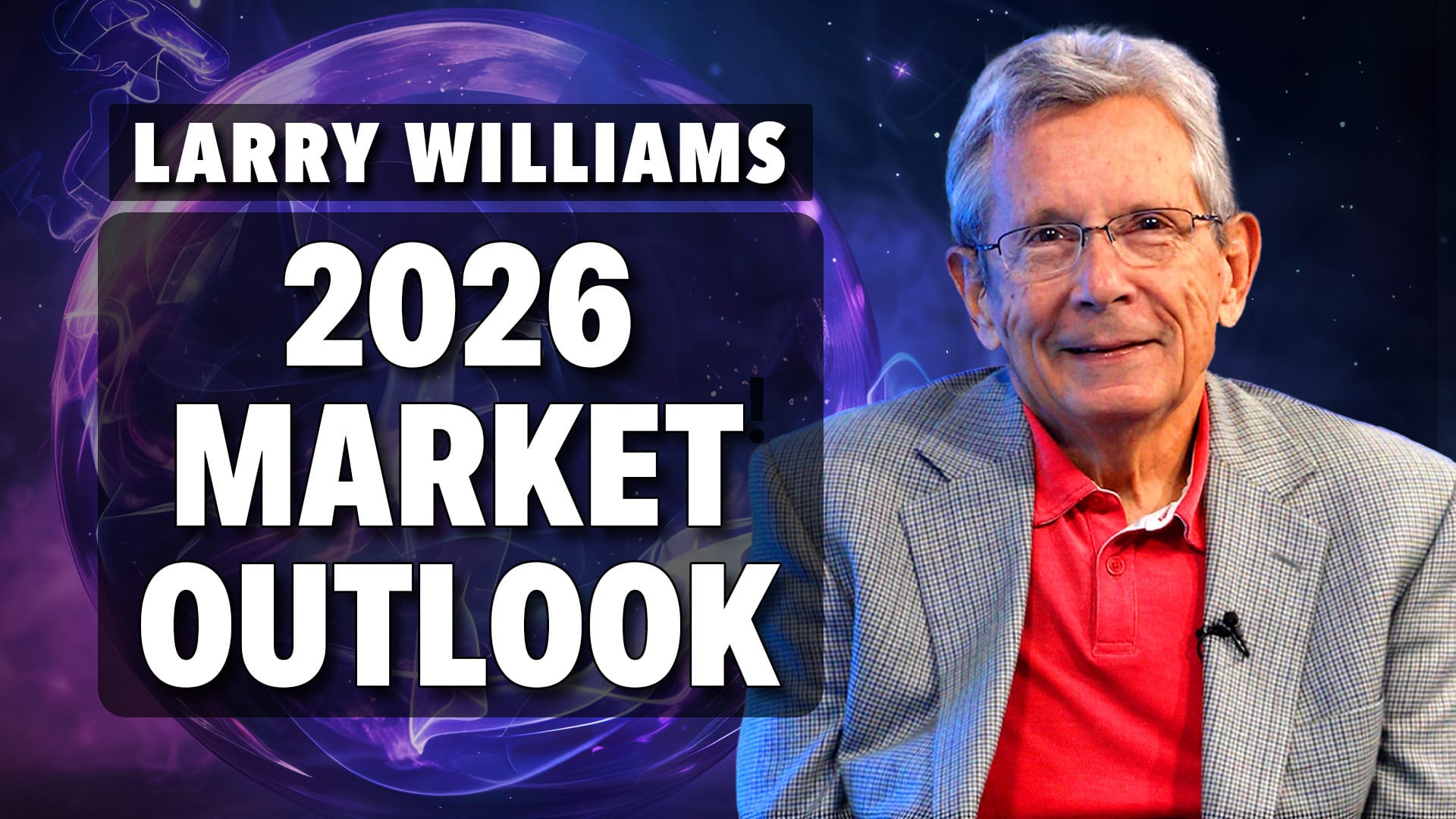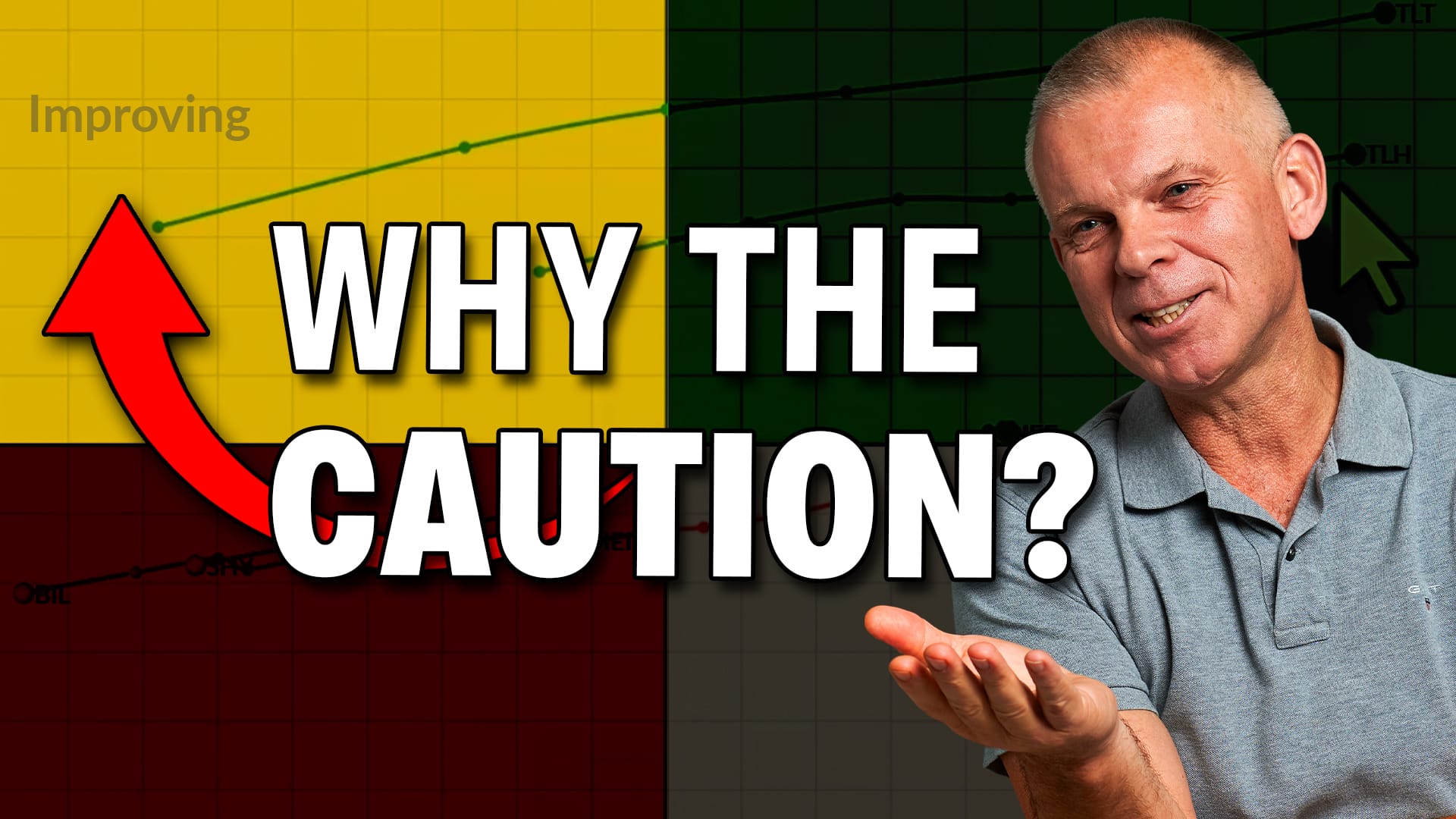DEFINING THE SANTA CLAUS RALLY, THE JANUARY EFFECT, AND THE JANUARY BAROMETER -- WHY THE NEXT FEW WEEKS ARE IMPORTANT FOR THE MARKET
SANTA CLAUS RALLY ... You've probably been hearing and reading a lot lately about the so-called "Santa Claus rally". The term is often used to describe any market bounce that takes place during December (which is usually one of the strongest months of the year). There is, however, a more precise definition. According the the Stock Traders Almanac, the Santa Claus rally normally occurs during the last five trading days of the year and the first two in January. This year, that period started on Wednesday, December 24 and ends on Monday, January 5. There's no guarantee that it will take place over the next week, but we're now in that short window of opportunity. The Almanac warns that the absence of the Santa Claus rally often precedes the start of a bear market. That was the case last year. Chart 1 shows that the S&P 500 fell during the last week of 2007 (circle) which turned out to be a timely warning. This year's December rally is stuck at its 50-day moving average as shown in Chart 2. For the last three weeks, the S&P has been locked in a trading range between resistance at 918 and support at 851 as shown by the hourly bars in Chart 3. Any close below the lower number would pretty much rule out a Santa Claus rally this year.

Chart 1

Chart 2

Chart 3
JANUARY EFFECT BOOSTS SMALL CAPS NEAR YEAREND ... Another yearend pattern is the so-called "January Effect". According to the Stock Traders Almanac, that refers to the tendency for small cap stocks to outperform large cap stocks during January. The Almanac warns, however, that most of the January Effect now takes place during the last half of December and sometimes even starts during November. Chart 4 shows the Russell 2000 iShares (IWM) meeting resistance at their 50-day average. The IWM/SPX ratio (below chart) shows that small caps have done a bit better than large caps since late November (22% for small caps versus 15% for large caps). Since most of the January Effect may already have taken place, it's probably too late to do much with it. But at least you'll understand what it means. One of the traditional signs of a market bottom, by the way, is stronger performance by small cap stocks. That's another reason why it's a good idea to monitor their relative performance.

Chart 4
THE JANUARY BAROMETER ... Another term you'll be hearing about shortly is the "January Barometer". According to the Almanac, that's based on the idea that "as the S&P 500 goes in January, so goes the year". While the January Barometer refers to the entire month of January, an earlier version uses the market's direction during the first week of the new year. A lower market during the first week of the year also carries a bearish warning for the year. Of the two signals, I prefer the monthly version. For the record, the S&P fell during the first week and month of 2008 which was a double negative (See Chart 5). And it proved to be correct. This year's fourth quarter bounce started on November 21 and is still in force. Although seasonal patterns have worked reasonably well this year (a peak in May, and summer rally, and a weak autumn), price drops have been large and bounces relatively small. The traditional yearend bounce (and January Effect) are present this year, but are relatively small as well. With all of these seasonal patterns converging, a lot may be riding on how the market ends the old year and how it starts the new one.

Chart 5
HAPPY HOLIDAYS...








